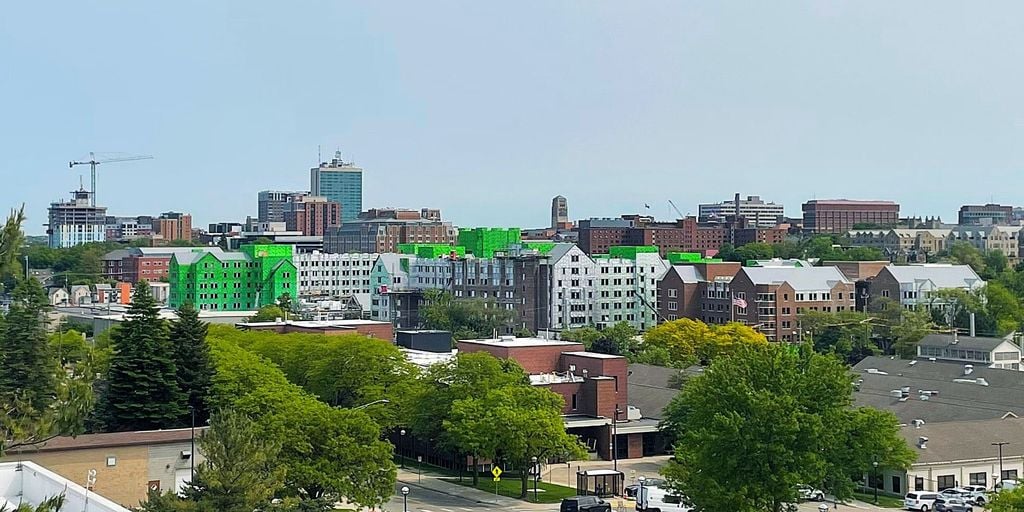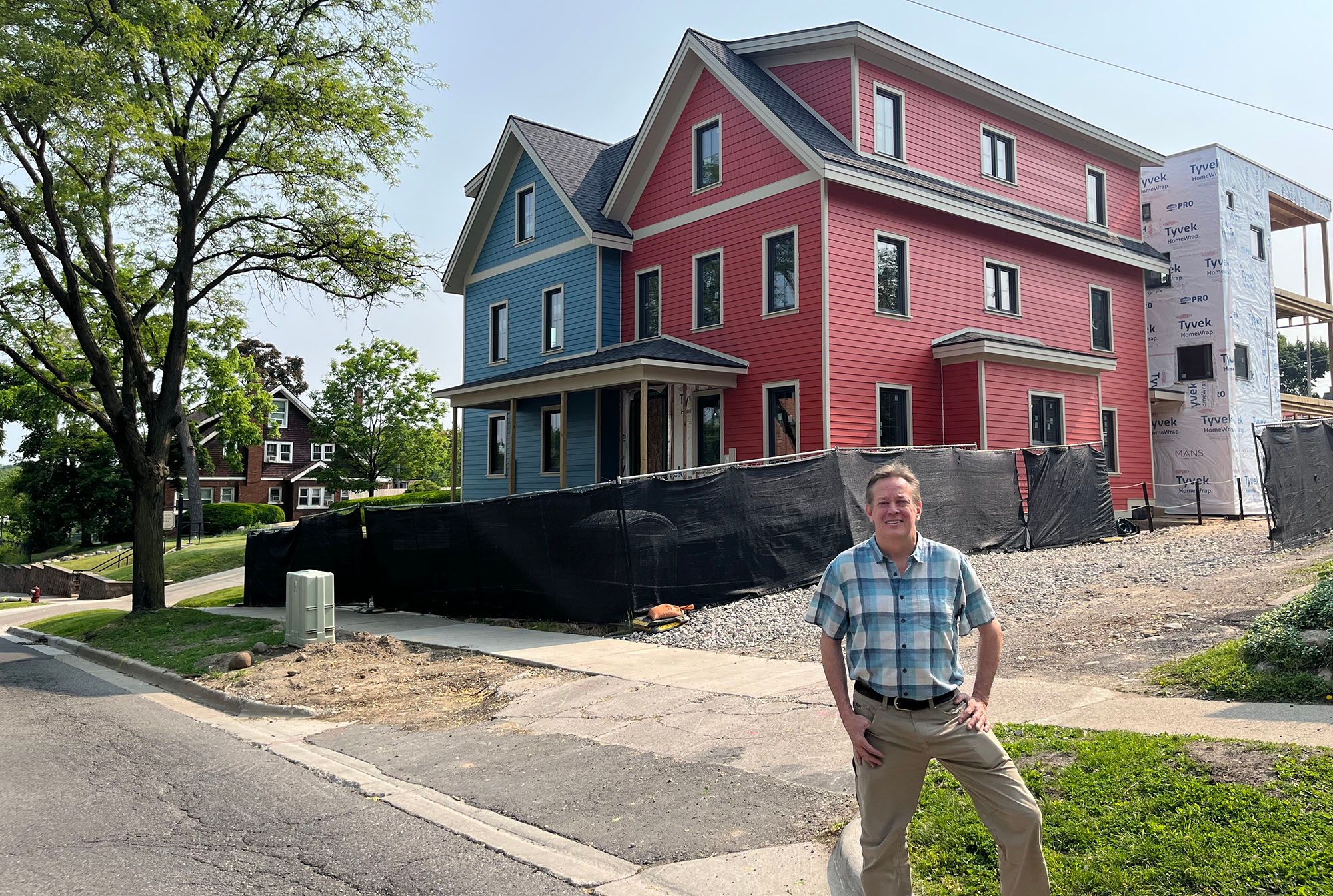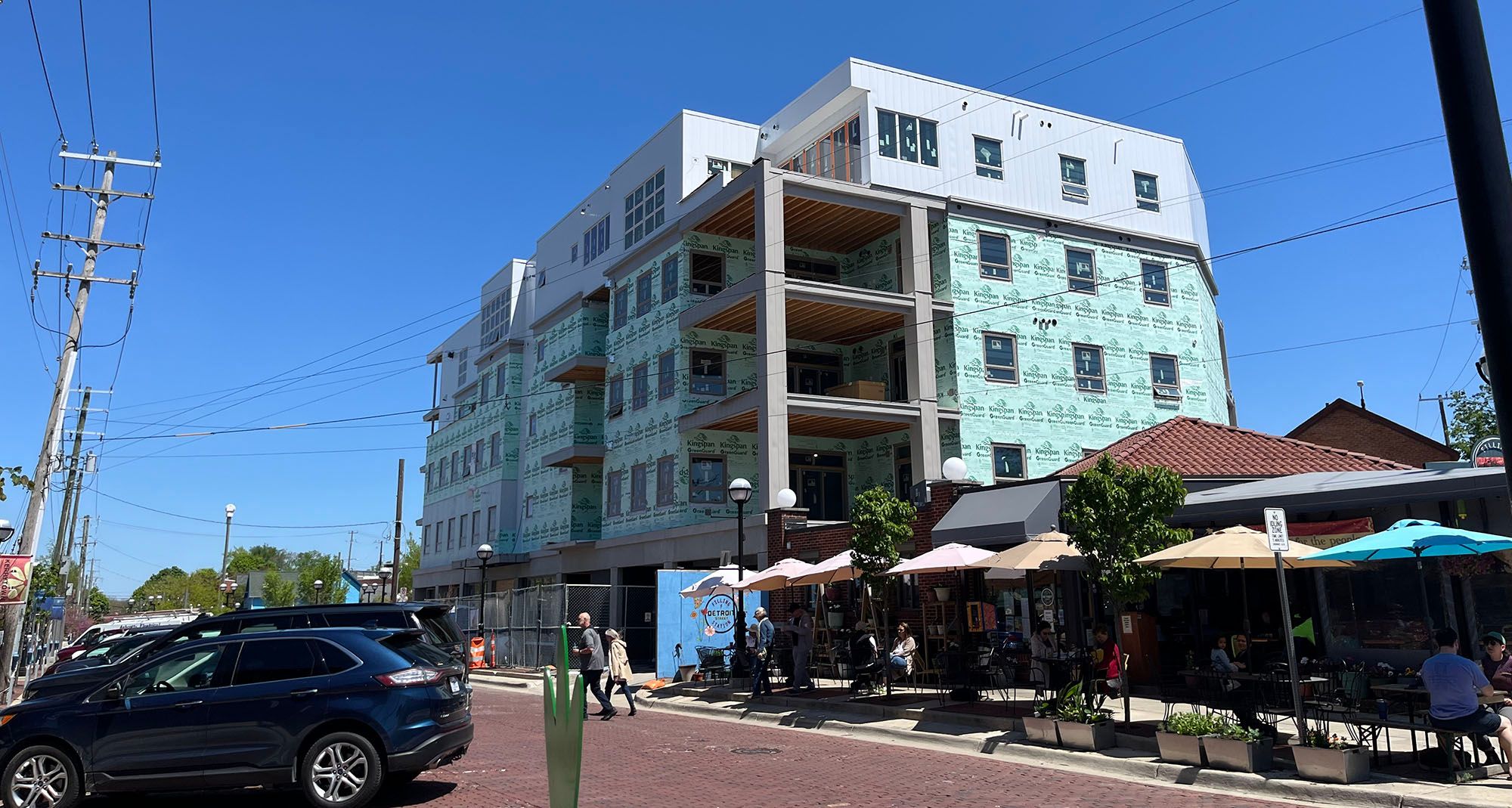Doug Selby, founder of Volta Homes, a small-scale all-electric net-zero energy developer, and Meadowlark Design + Build, which remodels homes, views the plan as a positive change. He said there are a multitude of barriers to building new developments in Ann Arbor — especially smaller multifamily housing — and the proposed Comprehensive Plan is working to eliminate some of those.
“Things like, you know, neighborhood cafes and shops and little pocket neighborhoods where there’s, you know, smaller, more dense housing — those, to me, give our neighborhoods a lot of charm and character,” Selby said. “Those are the things that people love most about living in Ann Arbor, is those quaint little neighborhood gems. And ironically, they’ve been pretty much illegal to build since the late ‘50s.”
Many types of development in Ann Arbor — including any construction resulting in five or more units of housing — go through the city’s site plan review process. This includes a four-step process to submit a site plan to the city, and could require approval at a city Planning Commission meeting and two City Council meetings, depending on the type of development. There is a Plan Review Fee that ranges from $1,400 to $3,400 due when a plan is submitted.
Still, even under the proposed plan, Selby said too many barriers would remain for him to realistically do much more development in the city.
“Unless there’s a lot of changes in sort of how expensive it is to do the planning and things like that, I would build one- and two-unit homes, but I can’t see building anything beyond that in the current environment,” Selby said. “It’s too expensive to make it work.”
Until 2022, developments larger than duplexes had to go through the city’s site plan review process, but City Council amended the Unified Development Code so that only developments larger than quadplexes are required to go through those steps. The same 2022 legislation updated the planning review process so “by rights” developments that met existing zoning requirements did not need to go before City Council, shortening the approval process by about 90 days, MLive reported.
For a four- to six-unit building, Selby estimated that soft costs due to city fees, required in-depth planning services and engineering requirements are $250,000-$350,000. The developer would likely be required to replace utilities underneath the street, something that could cost $200,000-$500,000, according to Selby, and fire-related code requirements add another $150,000-$250,000. Additionally, taxes would be $150,000-$250,000 annually, according to Selby, and the cost of the land is high.
Developments that exceed the allowed density in their zone must either include affordable units or pay into the city’s affordable housing fund, an expense Selby estimated to be around $150,000-$250,000. Ann Arbor Planning Manager Brett Lenart told Crain’s that the option is typically only used by large developments.




